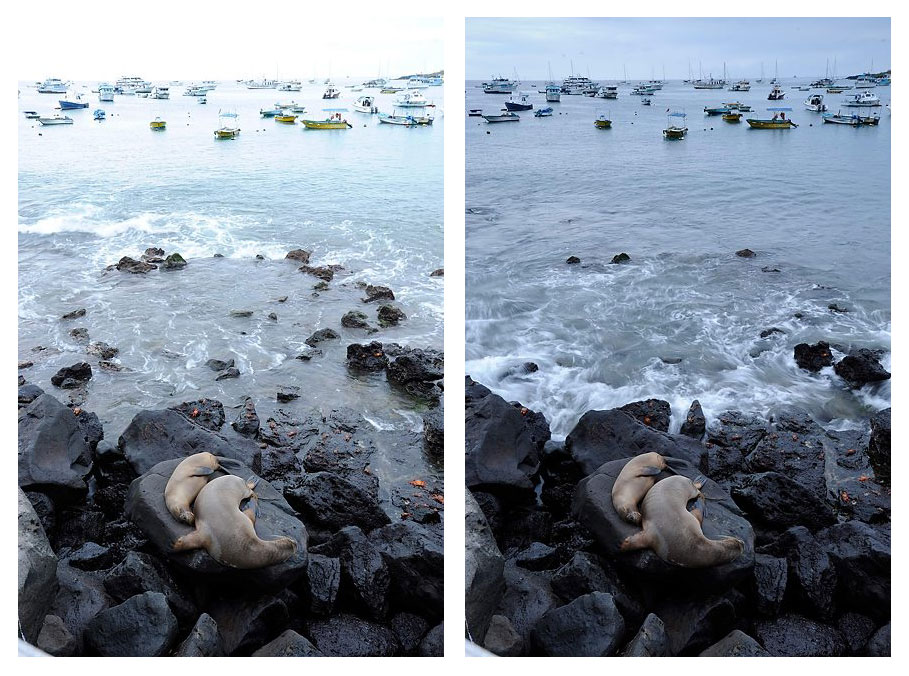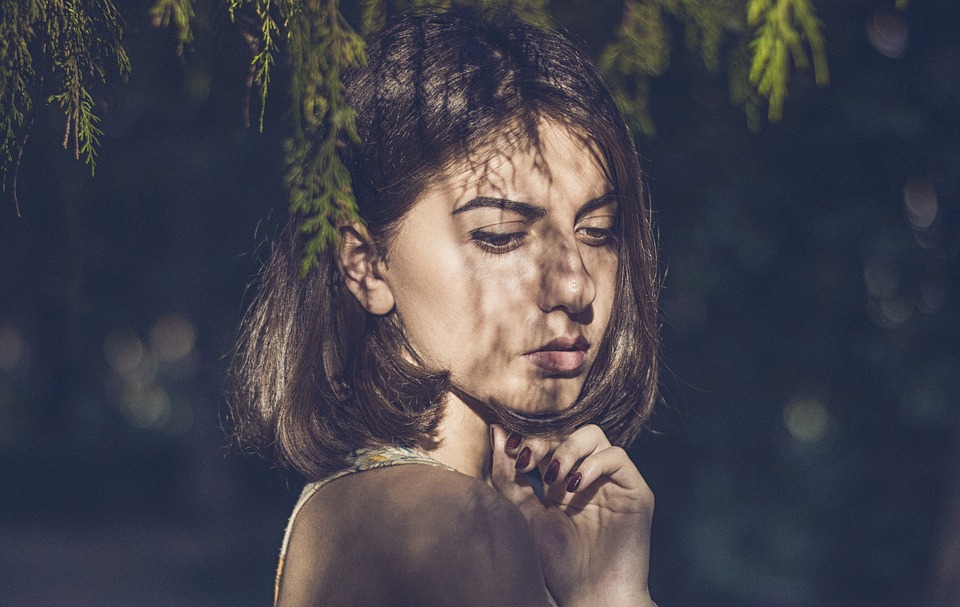Landscape Photography is that type of photography which can be opted by both amateurs as well as professional photographers at the same level. With your skills, abilities, and knowledge, a landscape photographer also needs to concentrate upon the movement of Nature and pay attention to the genre of drama that is visualized at different times of the day, effects of different climatic changes and the aura created by different locations. In short, it somehow depends on the Natural World also, that whether it compliments with your professional photography or not.
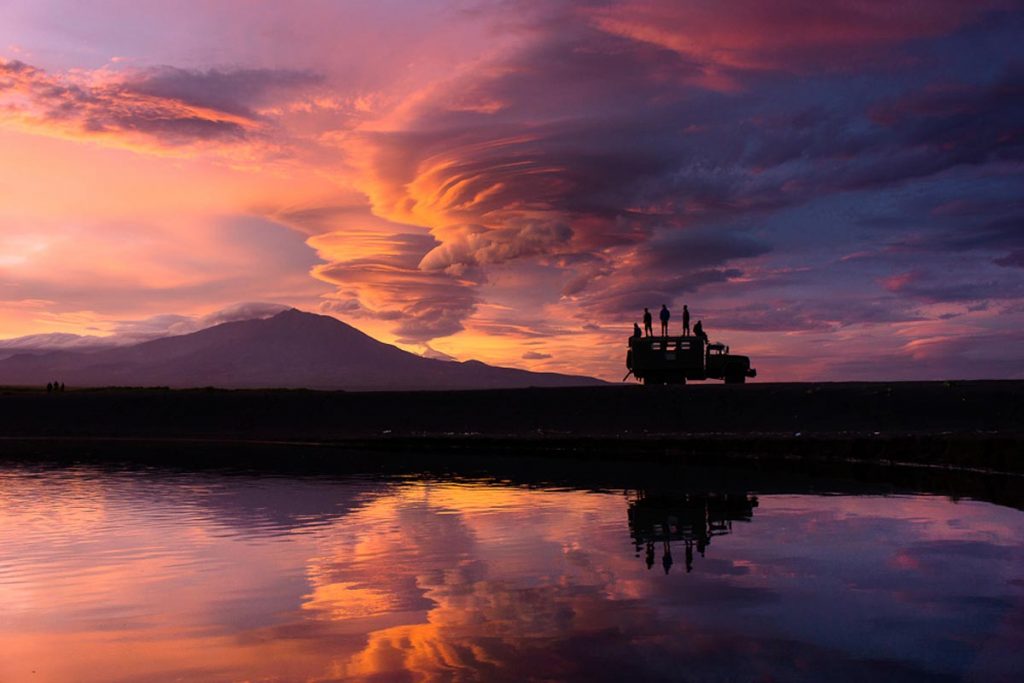
So, to get through the idea of Landscape Photography, how you should adapt to dynamic changes and to get the best shot out of uncontrollable movements, here are some tips that will help you with the same:
- Shoot at Good Locations: Landscape Photography is all about location and therefore, you need to plan and move according to a schedule. You should always be planned about which location you have to visit and shoot. With that, you should also be acquainted with the best timings of the day in which you will be able to capture the best photographs. By planning the location you have to visit, you will be able to maximize your time and efforts, and get plenty of options to get a good photograph at various times of the day.
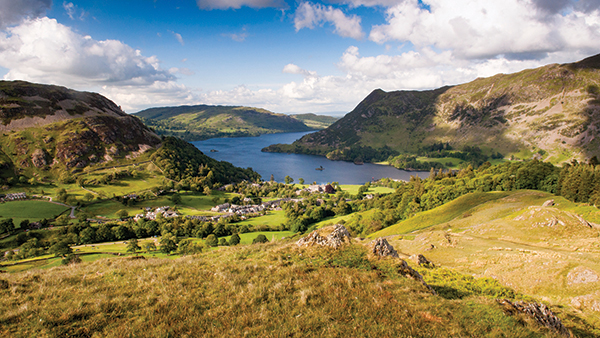
- Usage of Appropriate Light: Light happens to be the most important factor in photography, but landscape photography has its utmost importance. Sometimes, more than a beautiful location and a well-defined composure, you need to have appropriate lighting that can click a great shot. The best light for landscape photography in a day is during the early times in the morning or at late afternoon which has the midday sun that provides with the harshest light. But sometimes, the best landscape photography is taken at some odd lighting conditions. Therefore, you should accept the challenge of being able to adapt and cope with different lighting conditions. For example, great landscape photographs can be captured at stormy or cloudy days or sometimes during the night time. The thing that you should always remember is that: you should be able to use the light at its best and should be capable of influencing the look of your photograph.
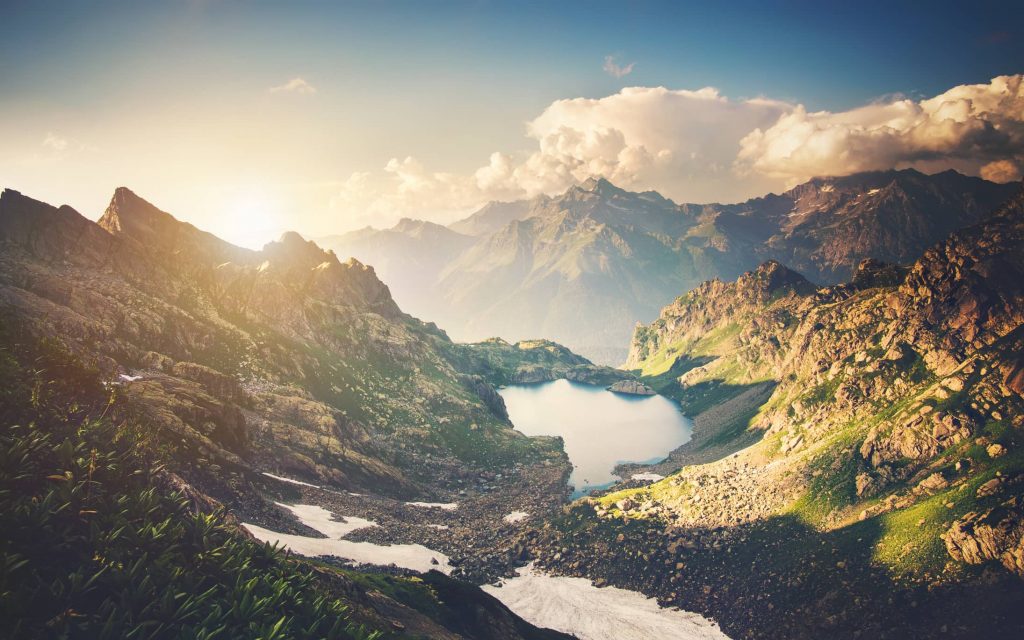
- Increase the Depth of your Field: The normal approach of capturing landscape photography is to maximize the depth of your field and making sure that the greater part of your scene is in focus. The simplest way to do so is to choose a small Aperture setting from f/16 – f/22 as this will keep the objects in your foreground and background sharp. Also remember, the smaller is your aperture, the greater is the depth of your field.
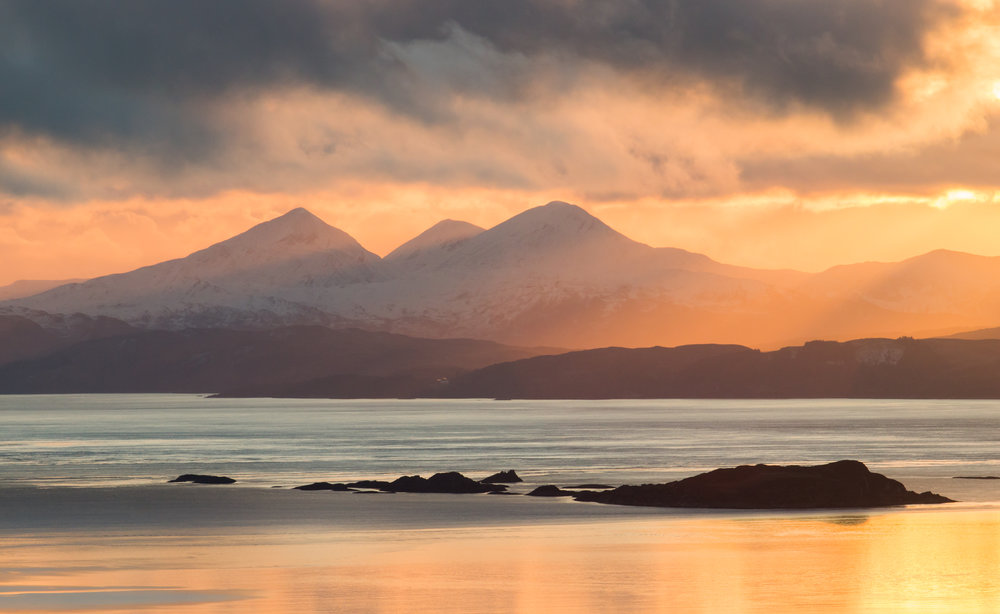
- Use Wide Angle Lens: Wide-angle lenses should be preferred for landscape photography as they are capable of capturing a broader view of the location, and therefore give a feeling of wide open space. They also allow you to have a greater depth of field and give you an option of using faster shutter speeds because they allow in more of the light.
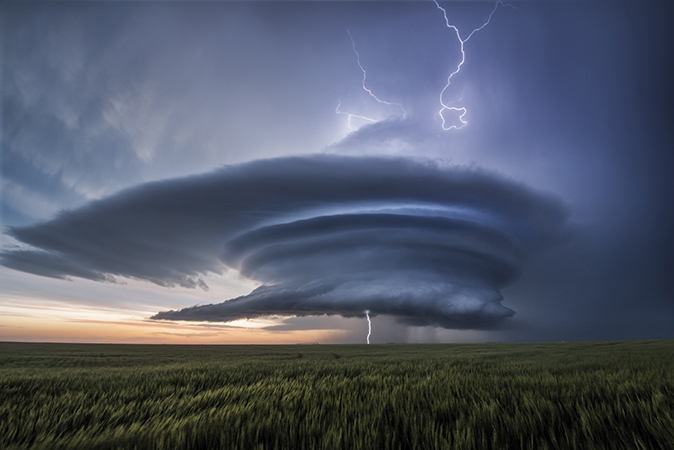
- Use Rule of Thirds for Composition: In the rule of thirds, you will be dividing your scene into two horizontal lines and two vertical lines across the image creating nine even squares. When a photograph is composed using the rule of thirds, then the shot captured will seem like a picture to be framed.
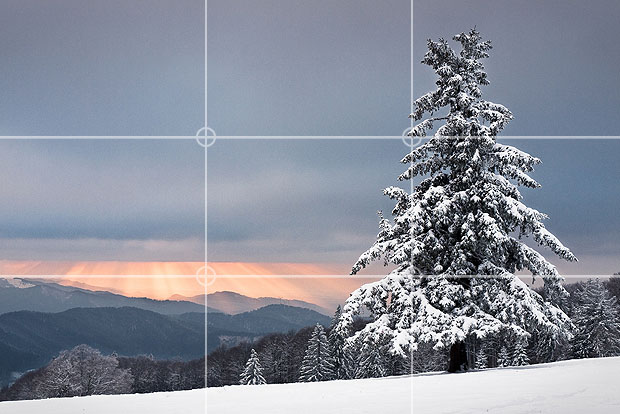
- Carry a Tripod: A tripod is an essential piece of equipment for landscape photography. If you desire to capture a scene by using a slow shutter speed or long exposure then simply without a tripod you have to hold the camera steady enough which isn’t practically possible. So, to avoid blurred images from camera shake, you should always carry a tripod to your location.
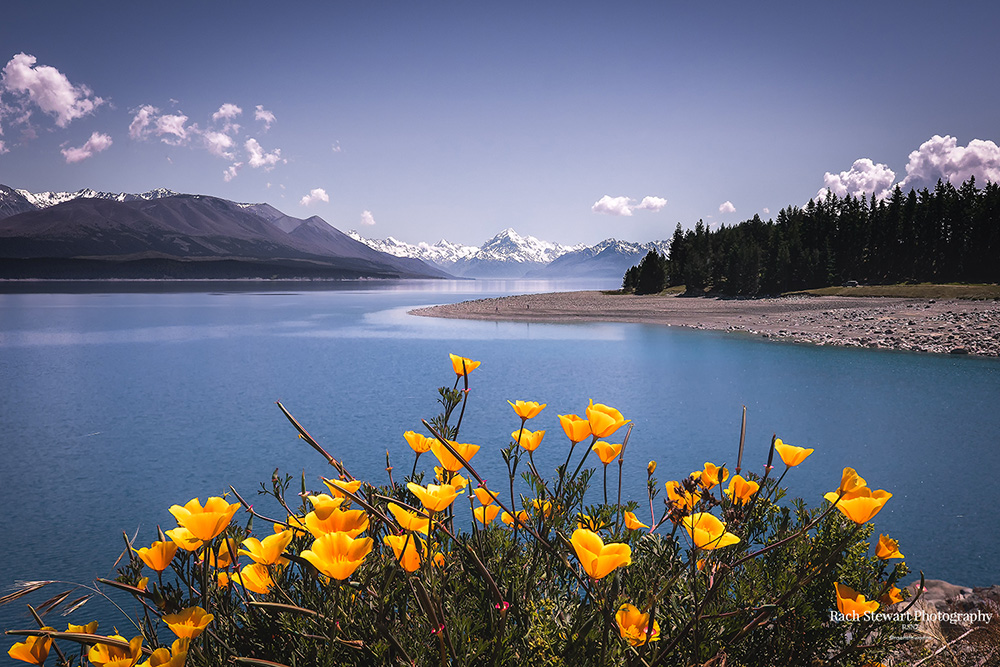
- Use of Filters: Use Natural Density Filters and Polarisers for landscape shots. Polarisers can be used to manipulate the available light and enhance the natural elements. For example, you may use polarizers for reducing the unnecessary reflections created by the sun and enhancing the hues of greens and blues. Remember, polarizing filters will have little or no effect on a scene if you’re directly facing the sun. For the best results of these filters, position yourself between 45° and 90° to the sun.
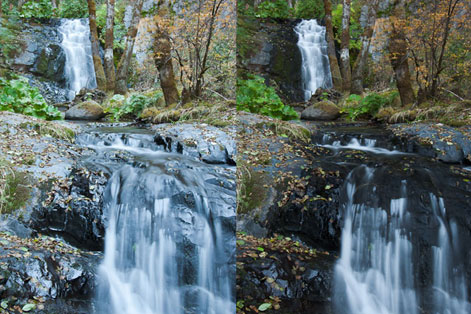 Natural Density Filters allow you to have a balanced exposure between the foreground and the sky. The sky which is usually brighter, this filter balances the exposure darkening it whereas, the foreground which is usually darker, the filter will brighten it.
Natural Density Filters allow you to have a balanced exposure between the foreground and the sky. The sky which is usually brighter, this filter balances the exposure darkening it whereas, the foreground which is usually darker, the filter will brighten it.